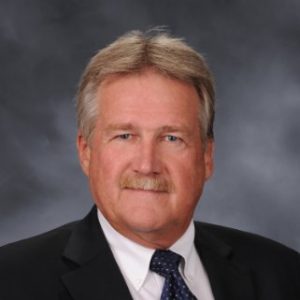Pathway to Resilience and Carbon Neutrality Webinars Now On-Line
In collaboration with the Pacific Northwest Economic Region (PNWER), the Pacific Northwest Building Resilience Coalition produced a series of webinars focused on Achieving Resilience and Climate Targets, making transparent the Cement, Concrete, and Masonry Industry’s Pathway to Carbon Neutrality.
These webinars are now free to view.
The Pathway to Resilience and Carbon Neutrality webinars brought together six of the world’s leading experts to address how we must build economies and infrastructures in clean, safe, and, above all, resilient ways.
These webinars brought together the world’s leading experts to address rebuilding resilient infrastructure and economies after COVID-19 and how we build economies and infrastructures in clean, safe, and, above all, resilient ways.
Speakers at the webinar Series included:
- Dr. Andrew Minson, Director of Concrete and Sustainable Construction of the Global Cement and Concrete Association.
- Richard Bohan, Vice President, Sustainability from the Portland Cement Association.
- Adam Auer, then Vice President of Environment and Sustainability, and now President and CEO of the Cement Association of Canada.
- Tien Peng, the National Ready Mixed Concrete Association’s (NRMCA) Senior Vice President of Sustainability, Codes, and Standards.
- Dr. Randolph Kirchain, Co-Director of the Concrete Sustainability Hub at the Massachusetts Institute of Technology (MIT).
- Evan Reis, SE, PE Executive Director and co-Founder, U.S. Resiliency Council.
 “The need to build more resilient buildings and infrastructure to higher standards and codes has become more apparent from the devastating impacts of recent wildland fires and floods that have decimated communities in western states and provinces,” said William Larson, Chair of the Building Resilience Coalition.
“The need to build more resilient buildings and infrastructure to higher standards and codes has become more apparent from the devastating impacts of recent wildland fires and floods that have decimated communities in western states and provinces,” said William Larson, Chair of the Building Resilience Coalition.
” We know that our urban areas and cities will be affected by more frequent extreme climate events, such as heatwaves, storm surges, flooding, and wildfires,” he added.
Against this backdrop, you can see why organizations like the Building Resilience Coalition are critical to the mission to build better, safer, more robust, longer-lasting, and more resilient cities, towns and infrastructure.
Each of the six webinars in The Pathway to Resilience and Carbon Neutrality Series brings a different perspective to this challenge.
Webinar One – Building the Future – What, How, and What From, featuring Dr. Andrew Minson, Concrete and Sustainable Construction Director, Global Cement and Concrete Association, explores how construction practices in the future will affect what we build and how we build and what must the cement and concrete industries do to reduce CO2 and GHG emissions to address the impacts of climate change.
Webinar Two The Roadmap to Carbon Neutrality, featuring Richard Bohan – Vice President, Sustainability, Portland Cement Association, explores sustainability-related activities in the Association’s recently published Roadmap to Carbon Neutrality.
Webinar Three Decarbonizing Concrete – The Policy Levers, featuring Adam Auer, then Vice President and now President and CEO of the Cement Association of Canada, examines the entire built environment value chain from a circular economy perspective and outlines the low-Carbon Procurement Policies and Incentives needed for the future.
Webinar Four Concrete Innovations – the Environmental Impacts of Building Materials, featuring Tien Peng, Senior Vice President of Sustainability, Codes and Standards, National Ready Mixed Concrete Association, discusses current and future innovations of concrete that policymakers and design professionals should consider as they assess the environmental impacts of building materials to maximize resilience, performance and deliver lasting value.
Webinar Five Concrete as a sustainability solution, featuring Dr. Randolph E. Kirchain, Ph.D.., Co-Director of the Concrete Sustainability Hub at the Massachusetts Institute of Technology, goes far beyond the use of concrete in construction and explores reducing emissions on our roads through greater fuel efficiency, using the thermal mass for heating/cooling our buildings, and the reflective characteristics of concrete. It also involves the natural reuptake of CO2 by exposed concrete surfaces to “permanent sequestration” of carbon dioxide.
Webinar Six, The Resilience Advantage: Economic and Environmental Benefits of Disaster Resilient Design, featuring Evan Reis, Co-Founder and Executive Director, U.S. Resiliency Council, explores the need for policies and incentives that promote resilience-based methods to ensure a more resilient future.
Each webinar is available on the Pacific Northwest Building Resilience Coalition YouTube channel here.




